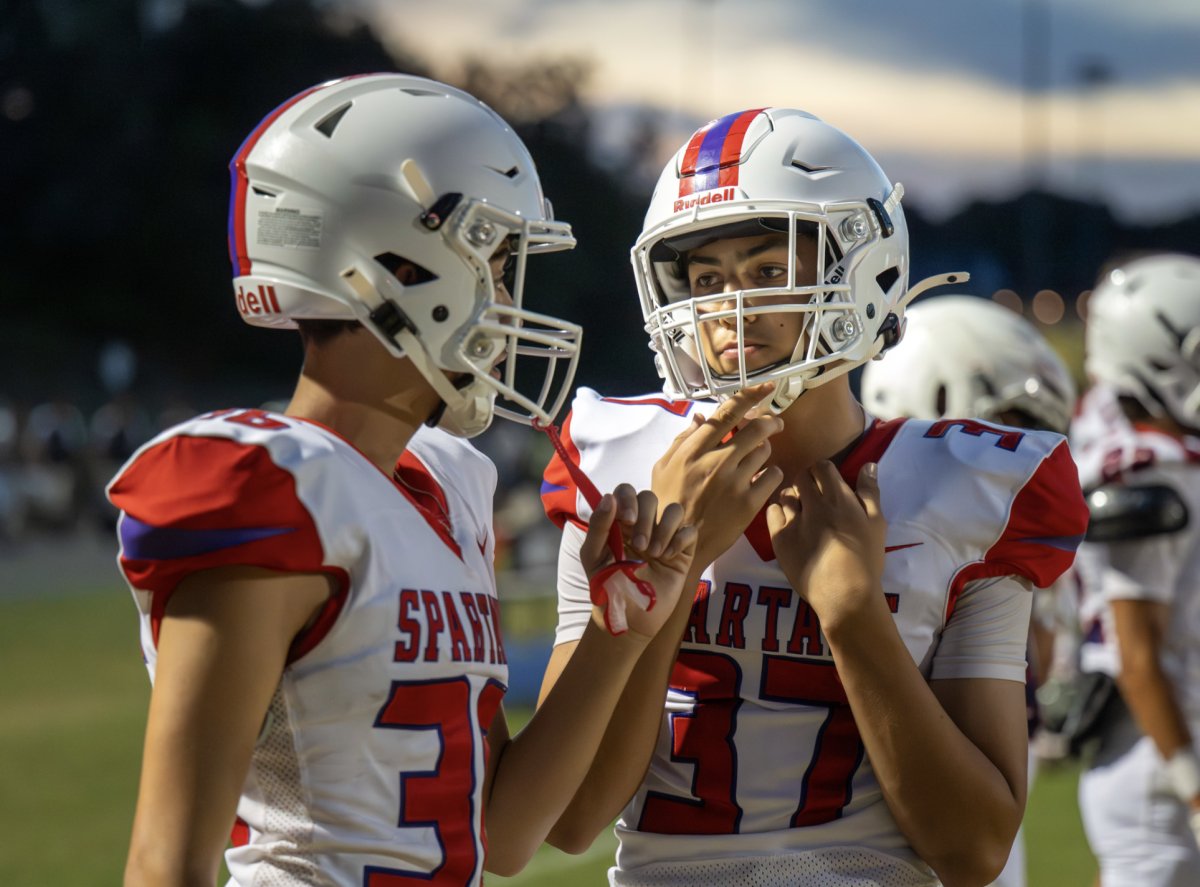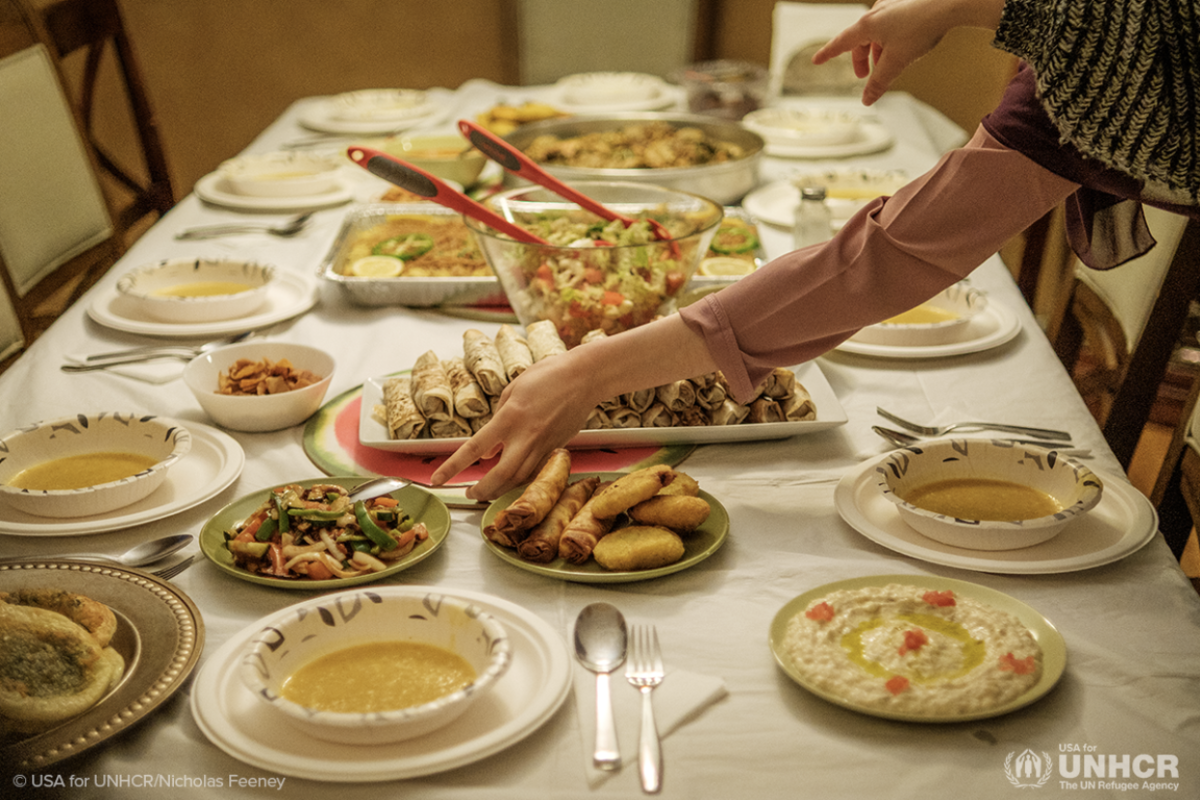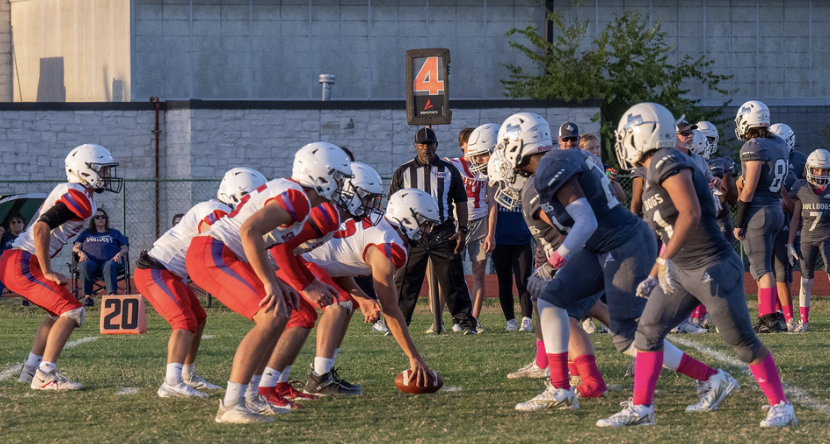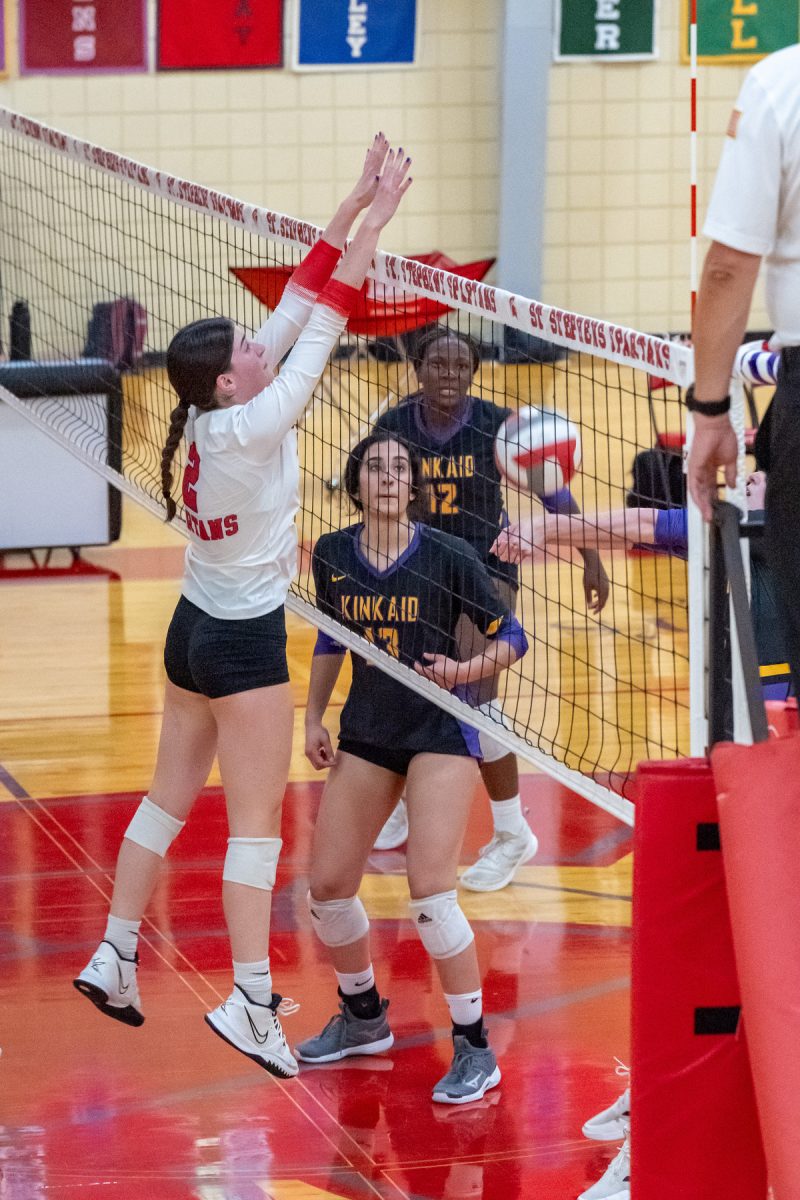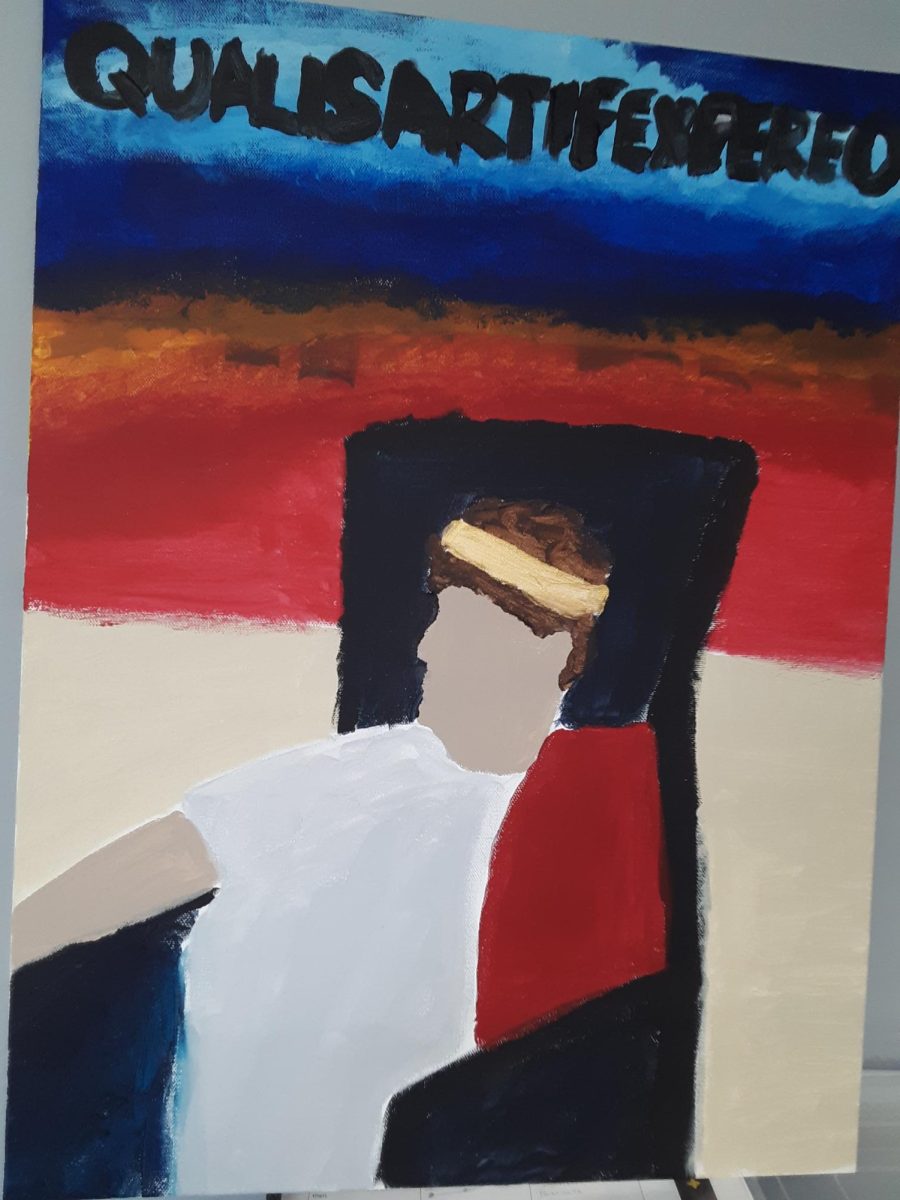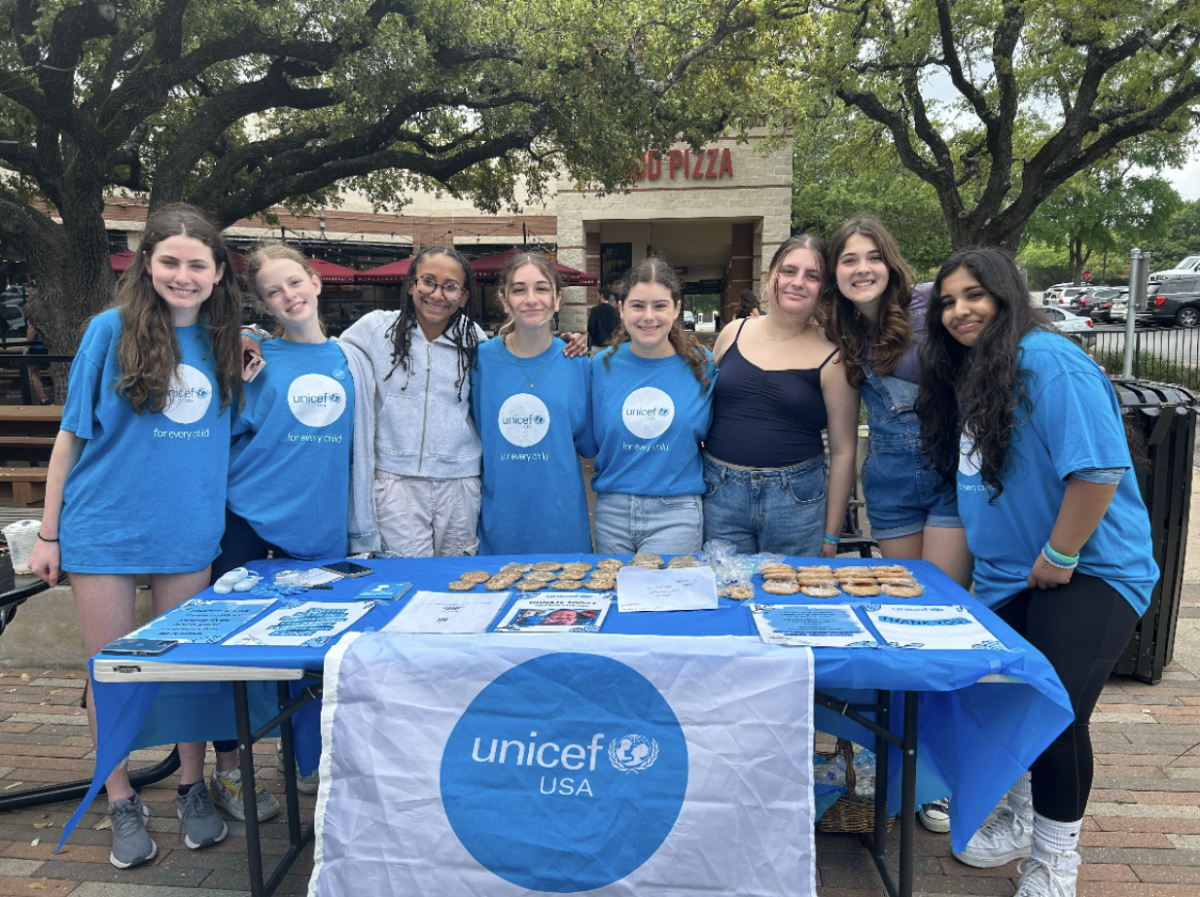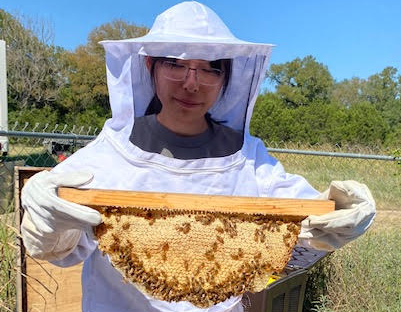Fashion, to me, is mystifying in both what it hides and reveals about us. Even in choosing to hide parts of ourselves, the choice in itself still reminds us of the truth behind our decision. It signals to the world who we are and who we wish we could be, all at the same time. Much of our decisions are influenced by what we see others do, whether it’s less directly — such as adopting the same tastes after living with a longtime friend — or more directly — as seen in commercials and influencers selling a product and persona. Where do our own decisions end, and the influence of the media we are surrounded with begin?
In my lifetime, I have also noticed the growing pressure of uniformity in style and persona in order to be a complete, aesthetically put-together person. Growing polarization and emphasis on labels of these styles now largely dictate teenage social groups, which become increasingly identifiable by style and appearance alone. What I have also noticed is how choices in fashion seem to grow directly with the individual. Clothing cannot be separated from the viewer’s overall takeaway of a person, since we all look to appearance to decide who they are at heart. Even if a person dresses to suppress their genuine character, the internal conflict can reveal itself to others through unease and a sense of being trapped.
Gradual visual changes in clothing choice, when looked back upon, can trace back the personal paths we embarked upon to become who we are today. This change happens alongside many things: discovering new passions, detours in attempting to mimic the style of those you feel pressured to copy for popularity, or simply the process of aging itself. Our fashion shows who we are in the moment, and is also a single stop in a greater process of transforming our character as we learn and grow.
Adolescence, a fraction of life already marked by so many pivotal changes, is often when youth experiment with fashion the most to find a sense of belonging, and signal to others who they are in hopes of finding those who are accepting of it. There are many universal rites of passage, such as accepting responsibility, shedding innocence, and discovering what we want to pursue in life. There are also many other struggles that vary by circumstance and background, giving uniqueness to these journeys of growth. On top of that, our own varying innate personalities impact how we respond to all of these. As a result, these lived experiences have brought me to express what I believe youth culture needs — (1) normalizing visible reconciliation with this universal growth process, and (2) freedom from pressure to conform to a singule internet subculture’s style to find belonging.
To bring this perspective to life, I chose to create a collection of five different outfits that reflect key pillars of my own process of growing as a teenager, with themes both universal and unique to my own journey. The seemingly incoherent styles of the chosen clothing are done deliberately so, to reflect the vastly different places in life our teenage years and unsteady path of growth can take us, and question the necessity of conformity in fashion.
The first outfit is titled “Skin”, and draws the most from my personal experience with body image and the pressure to create a persona of overall perfection. To cope with academic stress, I began to turn to highly restrictive dieting to instill the sense of control and personal merit I struggled to maintain. The drive to become thinner and a fixation on my appearance soon overtook everything. I developed a fascination of sorts with body-checking behaviors to get a physical feel of my horribly mislabeled “progress”. The form-hugging satin gown’s silhouette is intentionally chosen to expose single parts of myself that I would feel over to see how much thinner it had gotten, reminding myself that I could wear such pretty things only once I got “thin enough” to reveal them. However, each part is intentionally skeletal, stripped to its core in full vulnerability. The crown of thorns represents sin, sorrow, and humiliation — instead of standing out for the appearance I desired, I only dove further into a psychological ruin that ended up fully exposed by the physical changes my body underwent. Attempted elegance in the ensemble is stained by the stark gauntness to personify how striving for such unhealthy perfection will ultimately poison our conscience, and, as a result, be brought to the surface in how we present ourselves.

The second outfit is titled “Nocturne”, drawing from the Dark Academia style popularized by youth romanticizing media and literature centered around elite boarding schools — think Harry Potter and Dead Poets Society. However, the polished, academic feel of the style is significantly less present to give way towards baggier silhouettes for an air of carelessness and exhaustion within the normally-sharp staple pieces. Personally, I interpret my generation’s romanticization of academia-centered story plots and their carefully chosen, comforting aesthetic qualities as a way to escape with the bleaker reality we face in school. Harry Potter and Dead Poets Society are both set in schools, which are an integral part of the characters’ development and victory against institutional (or magical) evils, leading to valuable lifelong lessons that set them free. Like us muggles, school is the place that shelters us from adulthood, reminding us of our inexperience and how much we have yet to learn in a highly structured environment. And yet, it is also a reminder of the levels of merit we must uphold to prove ourselves as capable adults who are easily useful in respected positions in society. The name evokes the late nights spent studying and suffering quietly alone, but also the haunting beauty and comfort of Chopin’s own Nocturnes, a series of his classical piano works. Classical music is an integral part of Dark Academia culture, and Chopin is often the one who filled the silence of my nighttime studying while I struggled against my anxieties. Spurring me to think and venture onwards while being a source of comfort, “Nocturnes” represents the complexities of our relationship with academia, a path to our dream futures that somehow manages to destroy them by bringing us social and intellectual struggles, while demanding all our time and effort.

The third ensemble, titled “Suspension”, is explicit in its complete coagulation of styles and asymmetrical silhouettes. Many teens have been through several stylistic and personal phases based on their ever-changing interests and identities, and the way we show up right now reflects the stage of the journey we are in. In “Suspension”, the transformation and mixing of styles are frozen in time to show the imperfection and ever-changing nature of this journey. Every piece chosen pays homage to a clothing style or subculture I have explored or wanted to embody at some point. An asymmetrical, side-shaved haircut adds an air of awkwardness, yet free-spiritedness and defiance as us youth strive to cultivate our own identity, tapping into the unapologetic side of our efforts to assert this. The headphones top the ensemble all to tie everything together with its significance as a teenager’s escape into musical comfort and its versatility as a staple piece adapted to the visual traits of many different popular fashion subcultures.

The fourth outfit, “Exhumed”, explores the death of one’s childish innocence and rebirth into a newer, unknown self. The aged, graveyard-ravaged, Victorian-inspired gown balances both childish elements (the bows and ruffles) with the severity that is both trademark to the era and almost stifles the former two. A small dagger is the main decal of the dress that is placed to contrast with the more innocent and playful elements, staining them with blood to show their eventual death — the beauty of childhood innocence is defined by how limited it is. Thus, responsibilities of growth and facing the future seems daunting and binding for many teenagers approaching adulthood. At the same time, the top of the stifling corset is just beginning to come undone, revealing the white under-layers of the dress. There is more inside of us that the journey of letting go of our childhood selves will reveal to us, but only if we choose to emerge from both the innocence and fear of growing up that holds us back from our rebirth into adulthood.

The fifth and final piece, “Ecstasy”, embodies the moments of euphoria at the thrill of growing up, but in the teenager’s signature childish excitement. Growing up, while uncertain and taxing, can be something we all look forward to and have hope for, too. Thus, the vibrant textures, asymmetrical silhouettes, and playful accessories create a party dress ensemble that gives an outfit for a celebration of adulthood a playful, youthful touch. As young kids, we rarely worry about how our clothing choices impact other peoples’ perceptions of us, and the dividing lines of “aesthetics” in fashion did not exist. While we cannot truly erase the influence of these as we grow up, we can still come to terms with our attachment of visual appearance to someone else’s personhood. If we begin to let go of the need to identify with a single internet subculture to define ourselves and find belonging, we can truly begin to explore our freedom of expression through clothing. Perhaps, one day, the way we present ourselves can be a glimpse into who we are at heart — but only if we create a culture that is unconditionally affirming of the ways we can use fashion to express it.



